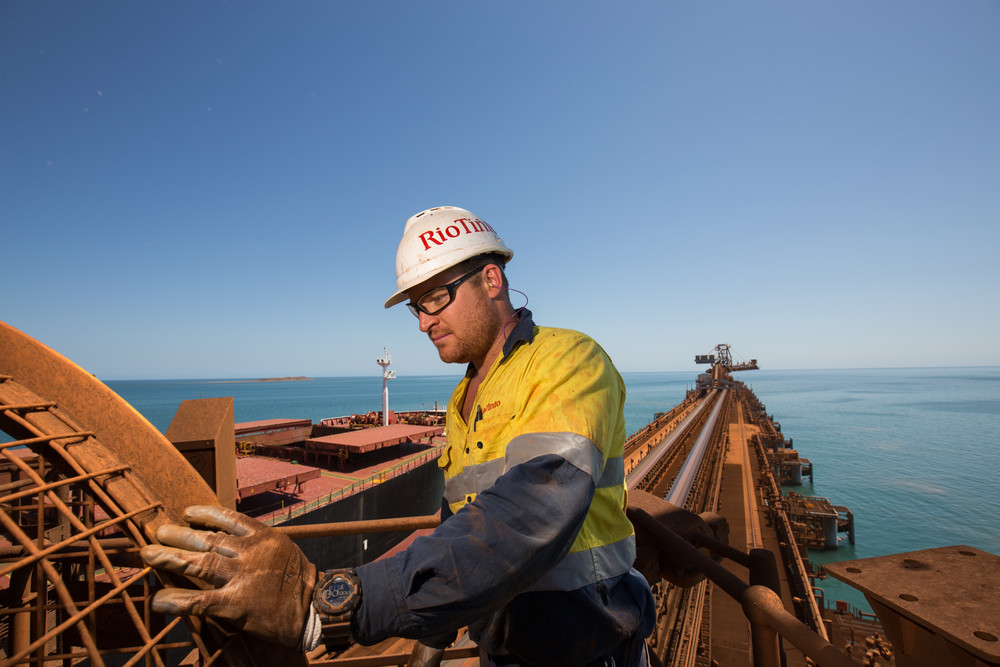
Rio Tinto did not make a song and dance when it started mining at its Silvergrass project in Australia’s Pilbara in August last year. After getting flak from politicians and competitors alike about its aggressive expansion strategy, the Melbourne-based giant probably thought it prudent not to.
But now with iron ore in a raging bull market, it’s singing the praises of the project. With the release of first half results, the board approved $338 million to complete the development of Silvergrass.
“The brownfield expansion of the high-grade Silvergrass mine offers attractive returns, with an expected internal rate of return for this investment well in excess of 100 per cent and a pay back of less than three years,” according to Rio.
Not only will Silvergrass’s high grade ore help to “retain the integrity and quality” of Rio’s flagship Pilbara blend but will reduce unit costs at its Australian operations further.
Silvergrass is a satellite deposit located adjacent to Rio Tinto’s Nammuldi mine. The initial phase of with a five million tonne per annum capacity started production in the fourth quarter of 2015 and the second phase, which will take annual mine capacity from five to ten million tonnes is expected to come into production in the fourth quarter of this year.
Thanks to the latest investment final capacity of over 20 million tonnes per year would easily plug into Rio’s existing Pilbara infrastructure and the project could be in full production in 2018.
Rio’s Pilbara margins are already pretty fat. According to its half-year financial report the company’s Pilbara unit cash costs fell to $14.30 per tonne in 2016 first half compared to $16.20 per tonne in the same period last year.
Rio said that’s due to exchange rate movements, increased volumes, reduced fuel prices, lower selling costs and increased labour productivity. Pilbara operations delivered a free on board (FOB) EBITDA margin of 58% in 2016 first half, compared with 61% in 2015 first half.
Production from the Pilbara is expected to be between 330 and 340 million tonnes in 2017, Rio said.
Iron ore traded at a three-month high on Wednesday with the Northern China 62% Fe import price exchanging hands for $60.70 a tonne, up 41% year to date. So far this year iron ore is averaging around $52 a tonne, flat compared to the 2015 average price.